CV (Curriculum Vitae)
What is a CV? What does CV stand for? CV stands for Curriculum Vitae. A curriculum vitae, or CV, is a document submitted with a job application. It enables you to briefly describe your training, expertise, and experience so that you may effectively market your capabilities to potential employers. In addition to your CV, companies frequently need a cover letter as well. In this article, a detailed note on CV and How To Make CV.
CV VS Resume – What is a CV Resume?
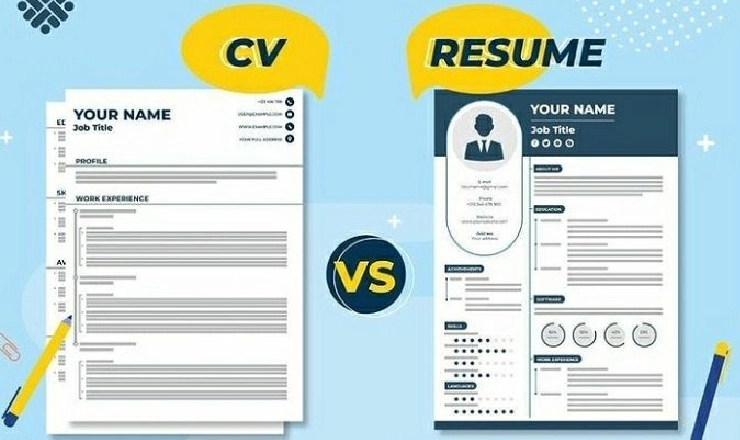
CVs are referred to as résumés in the United States and Canada. These are typically shorter texts that don’t adhere to any particular formatting guidelines. There is no big difference in both terms.
How long should a CV be?
In general, a typical CV length should not exceed two sides of A4. If you need more ideas, check out our chronological CV examples.
That said, no one size fits everyone. For instance, a fresh graduate or school dropout with little work experience may just need to use one page of A4. Although it is less common, high-level positions, those with extensive experience, or those who have held numerous jobs over the past five to ten years may require a three-page CV. Depending on your experience, some academic or medical CVs, for instance, maybe longer. While it’s crucial to keep your Curriculum Vitae brief, you shouldn’t minimize your experience.
Just briefly summarise your education and experience to save space. Don’t duplicate anything from your cover letter; instead, stick to pertinent details. Ask yourself if particular content sells you if you’re having trouble editing your CV resume. If it doesn’t, remove it. Delete it if it has no bearing on the position you’re looking for, and sum up any information from 10 years ago.
How to write a CV?
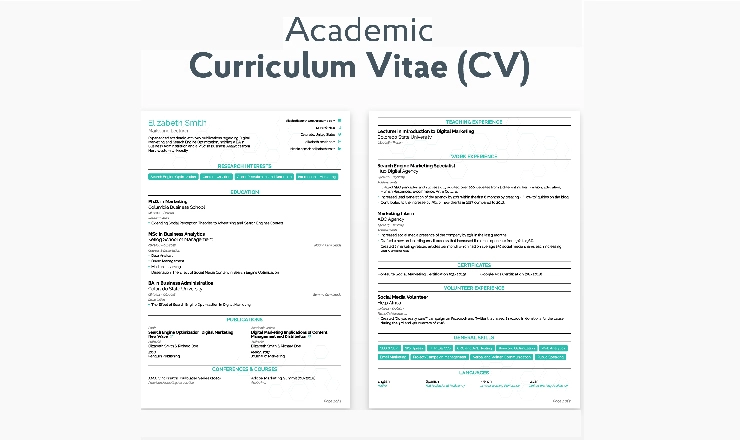
How To Make CV? Include your entire name, home address, mobile number, and email address in your contact information. You don’t need to provide a photo unless you’re asking for a modeling or acting job, and your date of birth is unnecessary.
Profile: A Curriculum Vitae profile is a succinct declaration that focuses on your strongest qualities and makes you stand out from the competition. It often appears at the start of a CV and highlights a few noteworthy accomplishments and talents while outlining your professional objectives. Since your cover letter will be position-specific, a strong CV profile focuses on the industry to which you are applying. Keep CV personal statements succinct; 100 words should do. Learn to write your statement for your CV resume.

Education: List and date all prior schooling, including any professional credentials. the most current should come first. Include the dates, qualification type, and grades. Mention certain modules only when necessary.
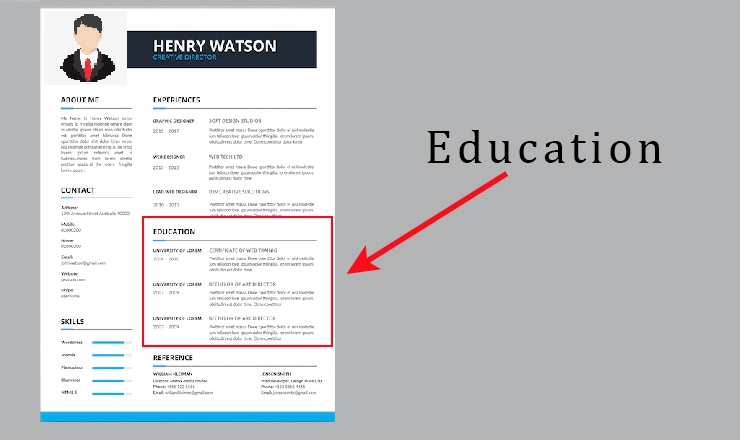
Work experience – List your employment history in reverse chronological order, being careful to only include information that is pertinent to the position you are applying for. Include your employment title, the firm name, the length of time you worked there, and your main responsibilities. This part should appear before education if you have a tonne of relevant work experience.

Skills and accomplishments – This is where you discuss the foreign languages you are fluent in and the IT programs you are proficient with. Your list of essential qualifications ought to relate to the position. Don’t overstate your skills because you’ll need to provide evidence for them in the interview. If you possess a wealth of job-specific skills, your resume should be skills-based.
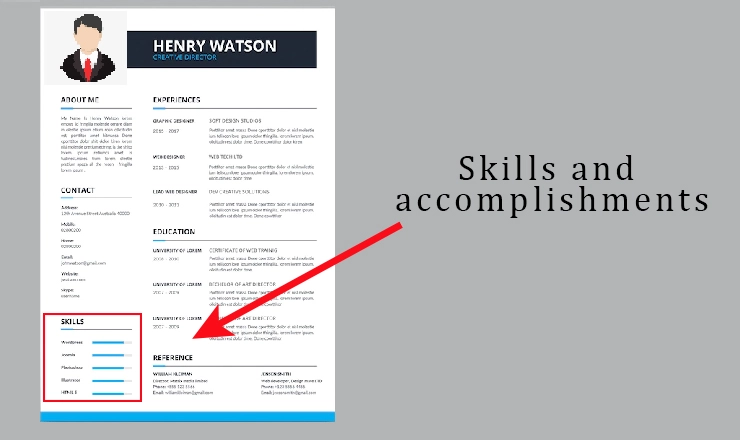
Interests like “socializing,” “going to the movies,” and “reading” won’t grab the attention of a recruiter. Relevant interests, however, can paint a more complete image of who you are while also giving you conversation starters during interviews. Examples include participating in a theatre group if you want to work in sales, producing your blog or community newsletters if you want to work in journalism, and involvement in climate change action if you want to work in the environment. Leave this box blank if you don’t have any relevant interests or hobbies.
References: At this point, you do not need to include the names of your referees. If you’re short on space, you can omit the phrase “references available upon request” because most employers will think that this is the case.
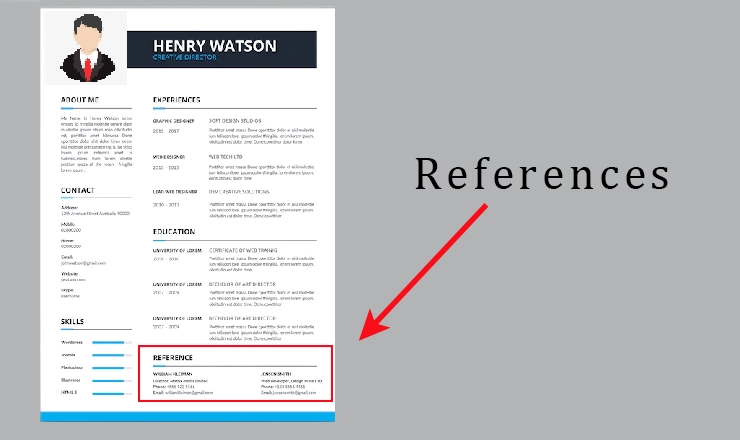
CV Format

Below is the list of CV Format:
- Keep the document’s title away from “curriculum vitae” or “CV.” The space is being wasted. Let your name be the title instead.
- Using section headings to divide out your CV is a fantastic idea. Make them bold and larger (font size 14 or 16) to make them stand out.
- Avoid using fonts like Comic Sans. Pick a font like Arial, Calibri, or Times New Roman if you want something formal, legible, and easy to read. To ensure that potential employers can read your CV, use a font size of between 10 and 12. Make sure the fonts and font sizes are all uniforms.
- Put everything in reverse order of when it happened. The hiring manager will then view your most recent accomplishments and employment history.
- Utilize bullet points and clean space to keep it succinct. Employers can rapidly scan your CV using this style to identify the most crucial information.
- When saving, give the document a name rather than merely “Document 1.” Make sure the document’s title is appropriate, identifying you, such as “Joe-Smith-CV.”
- Save with a, unless the job posting specifies otherwise (for instance, it might ask you to submit your resume and cover letter as a Word document).
- To ensure that it can be opened and read on any device, use the PDF file extension.
- Print your resume on white A4 paper if you plan to post it. Don’t fold your Curriculum Vitae and only print on one side if you don’t want it to arrive crumpled.
How to construct a strong CV
- Utilize active verbs whenever you can. Use terms like “made,” “analyzed,” and “devised,” for instance, to demonstrate your initiative.
- A decent CV is free of spelling and punctuation errors. Use a spell checker, and ask someone else to look the document over.
- Avert using general, overused words like “team player,” “hardworking,” and “multitasker.” Instead, give instances from everyday life to illustrate each of these abilities.
- Adapt your resume. To make sure your Curriculum Vitae is targeted to the position and employer, check the company’s website and social media profiles, see if they’ve recently been highlighted in the local paper, and use the job advertisement.
- Make the best kind of CV for your situation. Choose the type of Curriculum Vitae that is best for you: chronological, skills-based, or academic.
- Ensure the tone of your email address is formal. Create a new account if your address is unacceptable for business use.
- On your resume or job application, don’t lie or exaggerate. You could face harsh repercussions in addition to exposing your dishonesty to a prospective employer. For instance, changing a 2:2 degree grade to a 2:1 is considered degree fraud and carries a potential prison sentence. Check out this advice and direction for students about degree fraud.
- Avoid including your home address on your resume when putting it online since fraudsters can target you.
- Unless the company specifically requests otherwise, always attach a cover letter. You can customize your application with it. You can highlight a specific section of your resume, make a disability disclosure, or explain any gaps in your employment history.
There are a lot of CV templates available on the internet. So, you can easily make a CV with a collection of CV templates. If this article How to Make CV? is informative so, share this article among others.
You May Also Like
How to scan a document on iPhone, Windows 10 and Google docs
How to Change Date Format in Excel – Best and Easy Ways